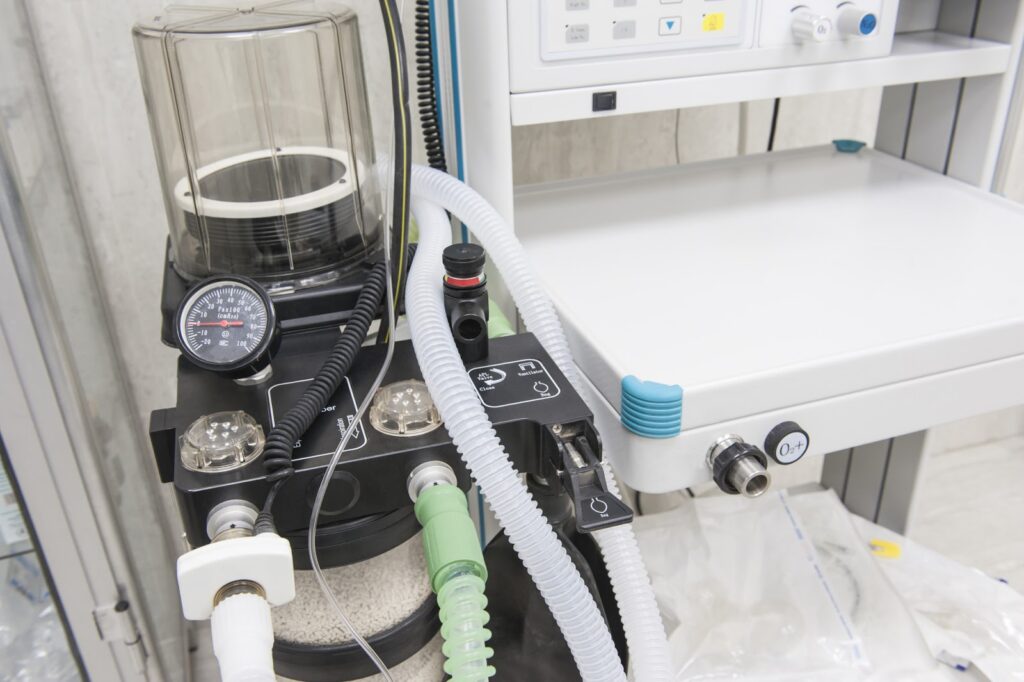Did you know that respiratory distress is one of the most common patient complaints? Fortunately, capnography can assist with respiratory complications and potentially save lives.
Capnography is the measurement of carbon dioxide in breath over time. It has many uses as an effective monitoring tool, including during anesthesia and intensive or emergency care.
Capnography
At first, capnography was used by anesthesiologists during surgery. Eventually, capnography evolved. Now it has become a highly useful tool for emergency medical service workers in critical care units and emergency rooms to measure vital signs.
Capnography allows health care workers to watch carbon dioxide levels by measuring them during the breath cycle.
Carbon dioxide levels offer a lot of useful health information. It gives key information about ventilation, circulation, and metabolism. Increased carbon dioxide levels can show a range of health complications. Some of these include fever, hyperventilation, seizures, panic attack, and irregular heartbeat.
The problem: most symptoms associated with these health complications may not manifest in a sedated patient. Once they do, the patient may already be at risk.
Capnography uses infrared waves to inspect and measure carbon dioxide. These measurements are displayed in a waveform.
Capnography offers a way to watch changes in carbon dioxide so that medical staff can prevent complications from worsening.
Respiratory Distress
There could be many factors at play if a patient is experiencing respiratory distress, including asthma and pneumonia. The shape of the waveforms in capnography can offer clues about what the problem is.
This is because the shape of the waveform mimics the flow of air through the lungs. When the waveform is shaped like a rectangle, that’s a good sign that there is no constriction of the lower airways. However, if the wave is in the shape of a shark fin, it’s likely that air restriction is taking place.
In some cases, an airway management device may be improperly inserted, causing insufficient respiratory ventilation.
This potentially fatal oversight can be detected and corrected through capnography.
Uses
Waveform capnography offers a variety of uses. These include detecting evidence of:
- Correct placement of the endotracheal tube
- Malignant hyperpyrexia
- Air, fat, or pulmonary emboli
- Hyperventilation
- Effectiveness of CPR
Capnography’s high versatility has led to its increasing popularity within the medical field.
Advantages
There are many advantages to utilizing waveform capnography. Some of these advantages include:
- Wide range of health assessments
- Reliability
- Rapid analysis
- Non-invasive
- Ease of use
- Continuous measurement
In some cases, having access to these advantages can make the difference between life and death.
Take Action
Waveform capnography is a reliable tool that allows medical workers to check the cause and severity of respiratory distress.
In some cases, capnography can prevent loss of life by offering clear signs of breathing complications. Capnography allows medical workers a chance to correct course by balancing the patient’s carbon dioxide levels.
Capnography is highly useful, easy to use, and helps to save lives.
Connect with us to learn more about the medical equipment we can provide you with to do what you do best.

